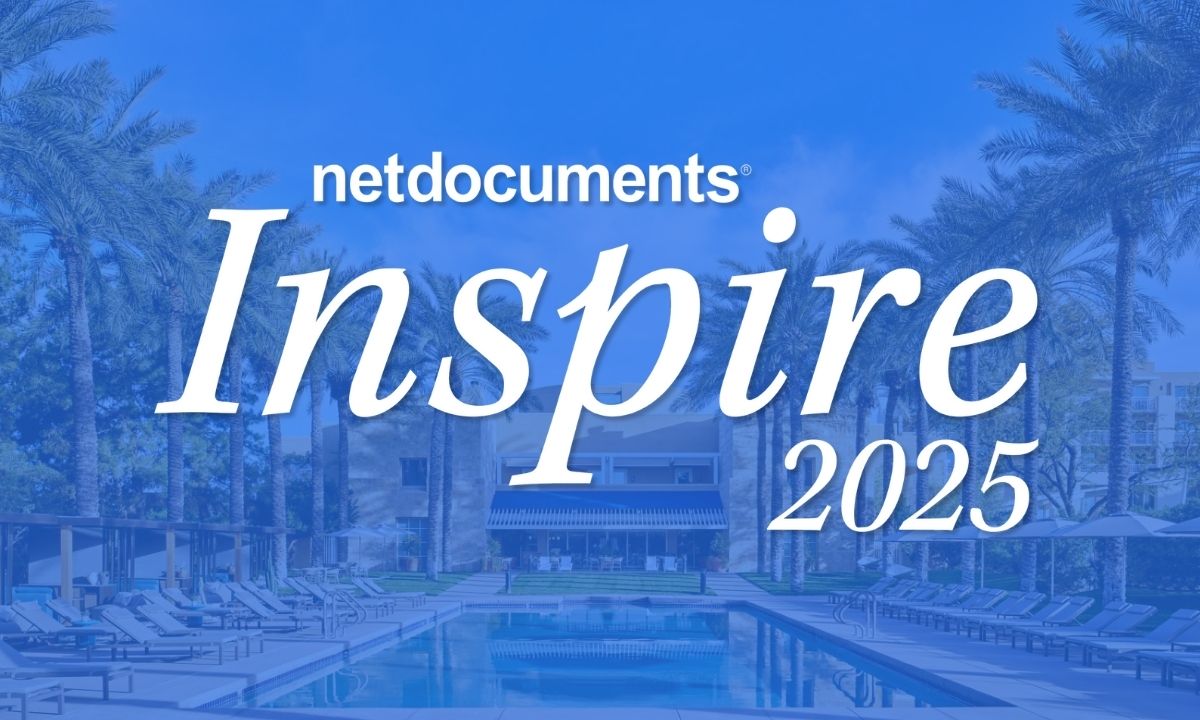
Blog
Government Cybersecurity – 3 Must-Have Security Features in Tech

From the state to federal level, cybersecurity within government spaces is a crucial part of daily operations, and failure to anticipate evolutions in criminal behavior and tactics can be devastatingly costly. The Cybersecurity and Infrastructure Security Agency (CISA) found that over the past year, cyber incidents have impacted many companies, non-profits, and other organizations of all sizes and across multiple sectors of the economy. According to the IBM X-Force Threat Intelligence Index for 2022, server access attacks were the most common type against the public sector in 2021. Government targeting was global, with 50% in Asia, 30% in North America, and 10% each for the Middle East and Africa.
With national security, finances, and public trust on the line, government entities are a common target for cyberattacks. To improve cybersecurity and resilience, CISA notes that senior leaders should be engaged and aware of the cyber risks to their organizations and take a proactive approach to prepare for the likelihood and impact of a potentially damaging compromise.
While there’s no single catch-all solution to infallible cybersecurity, knowing how to identify and implement the right combination of secure solutions into your existing digital ecosystem is critical to preventing a potential catastrophic system-wide breakdown. But which features should you look for when shopping for software and cloud-based solutions that respond to the Executive Order (EO) on Cybersecurity and upholds the multi-layered approach to security required to protect sensitive data?
Why Cybersecurity is Important in Government
Large databases containing highly sensitive information make government entities particularly attractive to hackers. One successful attack against a government database can grant a criminal a large payout of extremely sensitive data that they can then use to commit a multitude of other crimes later. In addition, limited bandwidth to notice and solve security breaches in a timely fashion provides cybercriminals with ample entry points and time to do significant damage before the security gap can be identified and patched.
Cyberattacks can take many forms and each breach, no matter how small, can have a catastrophic ripple effect that can take a long time to rectify and put personal data, supply chains, and critical infrastructure at risk. Even simple mistakes like losing a hard drive or misplacing a device with access to classified databases can be the perfect opportunity for bad actors to gain unlimited access to names, addresses, social security numbers, and other sensitive data.
The Covid-19 pandemic increased vulnerabilities for many government and health organizations that led to ransomware being downloaded by unwitting parties onto multiple personal, hospital, and government-owned devices. This granted hackers the ability to access restricted documents, patient information, government-held data, and even bank accounts. In 2021, a phishing campaign was sent through the email marketing platform Constant Contact, in which cybercriminals masqueraded as representatives from the U.S. Agency for International Development (USAID). These emails were sent to over 3,000 individual accounts within 150 organizations worldwide and contained malicious URLs and malware that, when clicked, could enable the hackers to steal sensitive data and infect other computers within a shared network.
In the perhaps most famous government-related cyberattack in recent history, information technology firm SolarWinds was targeted by hackers in March of 2020 who injected malicious code into the company’s routine software updates that were then distributed throughout all installed systems. The breach went undetected for months and exposed their customer base, which includes the United States Department of Homeland Security and the Treasury Department among others. The efforts to repair the damage will be an extremely expensive and time-consuming process, potentially taking years to understand the full impact.
3 Features Government Should Look for When Choosing Technology
The right technology can provide countless opportunities to streamline workflows, store and reference extensive documentation and records, and free up employee time, but security needs to be a critical deciding factor when shopping for new solutions. Here are a few key security features that government agencies should look for and prioritize when choosing new technology for their organization.
1. Secure Integration with Existing Tools
Any solution you introduce into your current technology stack shouldn’t interfere with daily operations but ideally should seamlessly and securely integrate with them. The best solutions are ones that don’t require employees to jump from application to application to achieve a task. Each new password to track or program to monitor can introduce new security risks, so the fewer platforms needed to perform normal workflows, the better.
The best solutions list all of their partners and integrations either on their website or in their discovery briefing. Carefully considering your current tools, your goals, and how a new solution will integrate and not only enhance your current system, but also add to your security.
2. FedRAMP Authorized
Governed by the U.S. Department of Homeland Security, the Federal Risk and Authorization Management Program (FedRAMP) provides technology providers with a standardized approach to ensuring the security of their cloud service offerings. Though this authorization only applies to software that stores data in the cloud, with many legacy on-premises solutions, now offering SaaS, FedRAMP authorization should be a bare minimum requirement for technology that will be used by government entities.
FedRAMP authorization ensures that a technology provider has met rigorous compliance and security standards set by the FedRAMP Program Management Office (PMO) for properly protecting federal data stored in commercial cloud service providers. By narrowing down your search to only FedRAMP authorized solution providers, you can confidently search for the right solution that can help you securely achieve your information management goals.
3. Security and Governance Management
With various levels of security clearance available to government employees, the ability to allow key staff members to set up profile-based security rules and permit or disable access to certain information at the user level is a valuable feature to have. Robust security governance and management features allow you to create and apply security policies to users and groups of users, creating a simple yet powerful way to enhance security.
This is especially important in multi-tenant cloud solutions, where a software’s primary infrastructure is being used by multiple customers with any number of user accounts within that main customer account. An example of a multi-tenant solution and its security is Netflix, where a single platform is used globally, but each customer account can set up custom profiles with various levels of permissions for each user, such as parents limiting what their kids can watch when logged into their unique profile. With customizable profiles, you can control access to sensitive material at a granular level.
How NetDocuments Can Help
As a leading FedRAMP authorized cloud-based document management system (DMS), security and compliance measures are built into every aspect of our platform. We are committed to providing government entities with an easier way to securely store, manage, search, and share information within their organization.
View this benefits sheet and contact us to learn more about how NetDocuments is the most secure and trusted document management solution for government. Let’s connect!
More from the blog
-
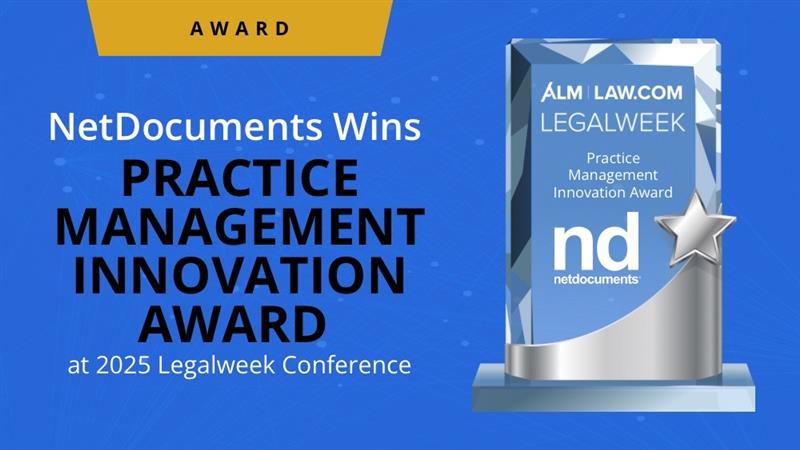
- Blog
NetDocuments Wins Practice Management Innovation Award at 2025 Legalweek Conference
NetDocuments is proud to announce a new accolade for our intelligent…
-
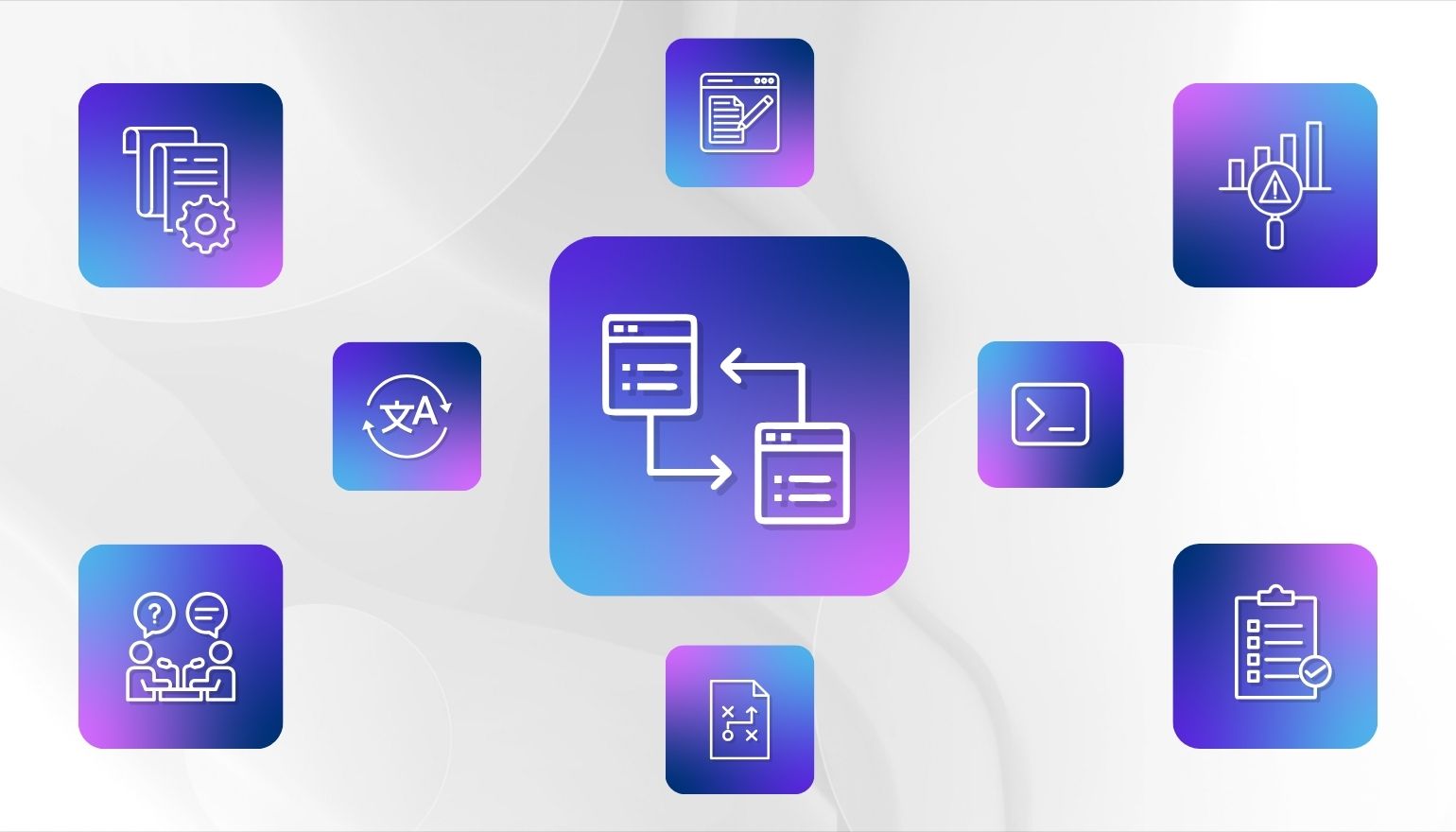
- Blog
Ready-to-Go AI Apps for Legal Use Cases Available Now in the New ndMAX Studio
Legal professionals are looking for smarter, faster, secure ways to harness…
-
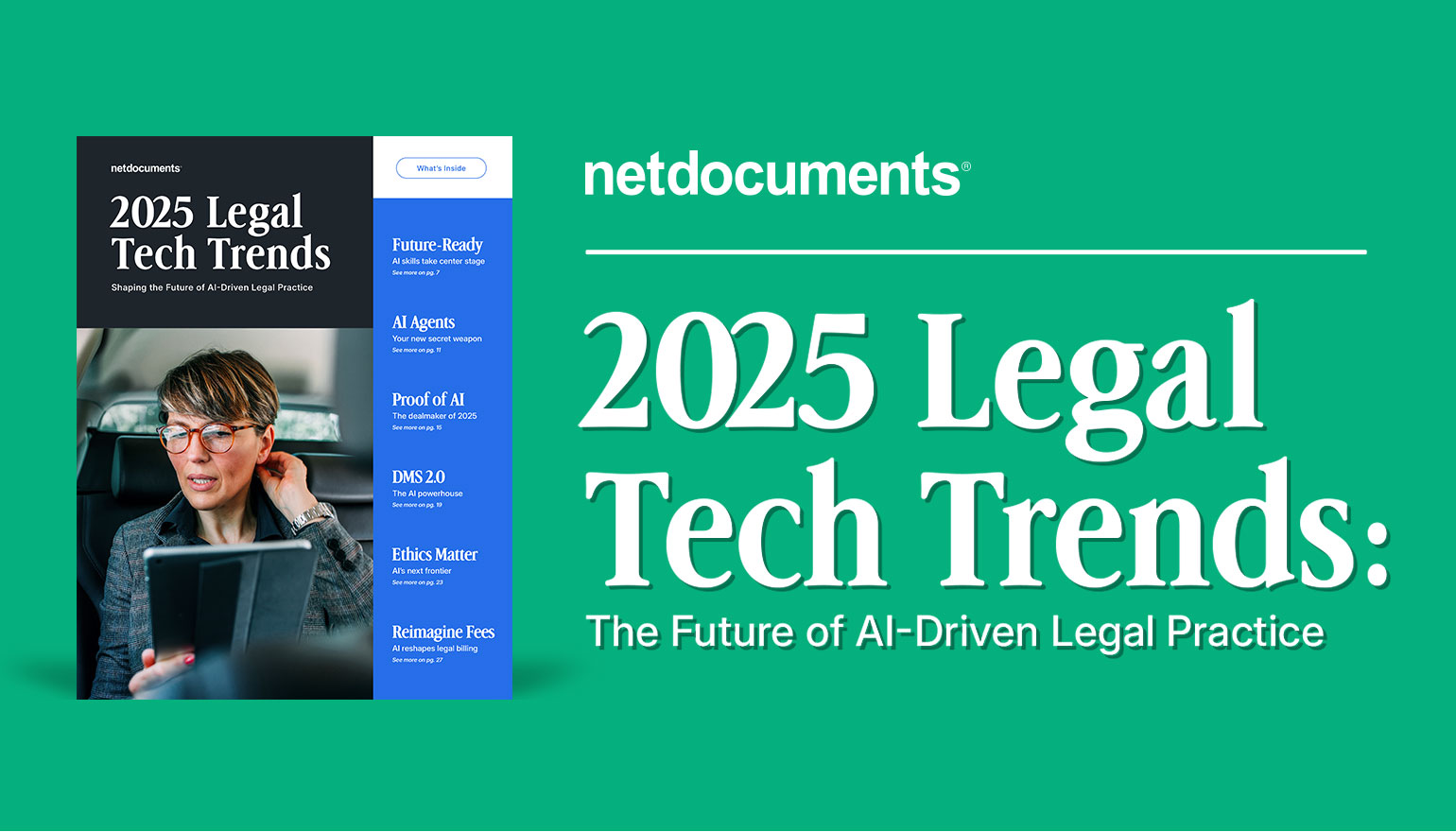
- Blog
AI-Driven Legal Tech Trends for 2025
With 79% of law firm professionals now incorporating AI tools into…
-
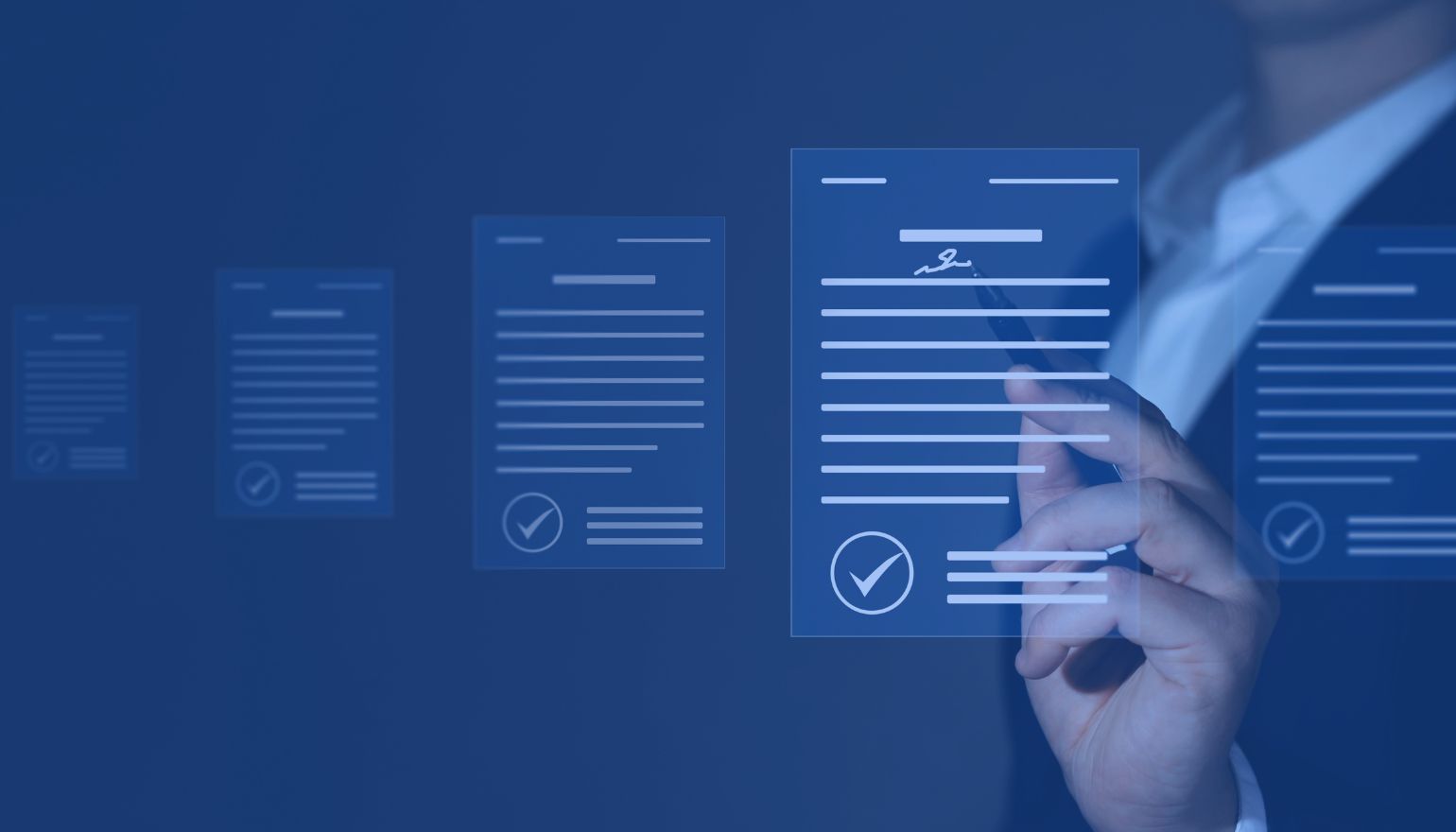
- Blog
Convincing Corporate IT That Legal Really Is Different: Making the Case for Corporate Legal Department Software
Explore the unique challenges legal operations leaders face in advocating for…
netdocuments


